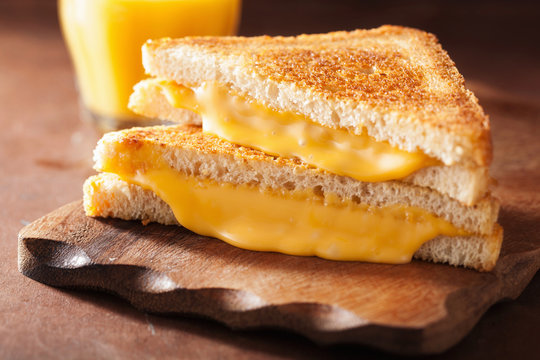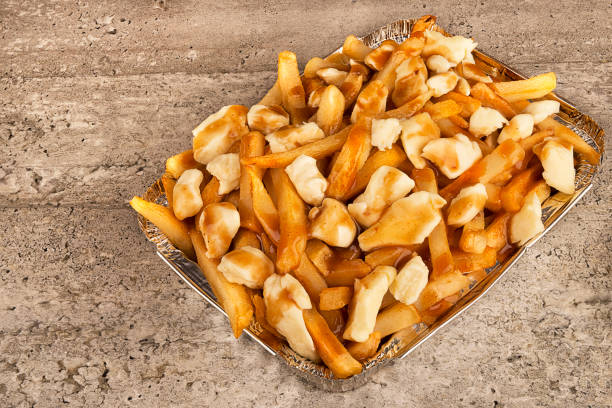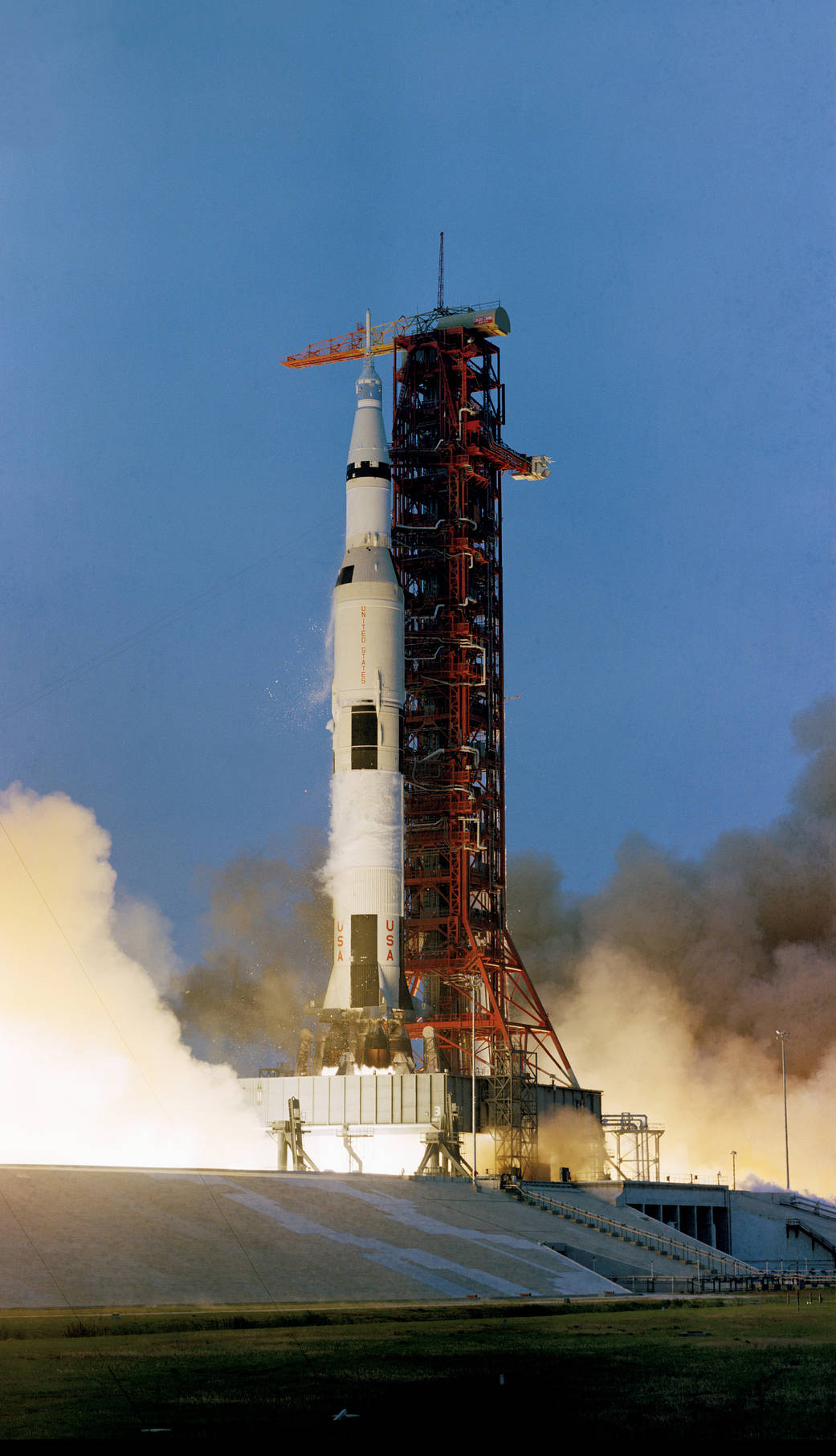National Grilled Cheese Sandwich Day – April 12
Each year on April 12, Americans celebrate one of the most beloved comfort foods of all time—National Grilled Cheese Sandwich Day. This savory holiday is not only about indulging in crispy, buttery bread and melted cheese, but also about honoring a classic staple of culinary tradition that has transcended generations. From its humble origins to its status as a diner favorite and a gourmet culinary canvas, the grilled cheese sandwich holds a special place in American culture and the global food scene.

In this detailed exploration, we delve into the history, cultural significance, preparation variations, fun facts, and ways people celebrate this delicious day.
The Origins of the Grilled Cheese Sandwich
Though cheese and bread have been paired together in various forms for centuries across numerous cultures, the modern grilled cheese sandwich as we know it began to emerge in the United States in the early 20th century. During the 1920s, with the advent of pre-sliced bread and affordable processed cheese like American cheese, the grilled cheese sandwich quickly became an economical and easy-to-prepare meal.
This meal gained further popularity during the Great Depression due to its affordability. Schools, hospitals, and military mess halls adopted the sandwich as a quick, filling option. By the 1940s, U.S. Navy cookbooks included recipes for grilled cheese sandwiches, often paired with tomato soup, a combination that remains iconic today.
Evolution into a Comfort Food Icon
The grilled cheese sandwich blossomed into a quintessential comfort food in the post-WWII era. It symbolized warmth, simplicity, and satisfaction. Parents often prepared grilled cheese sandwiches for their children, making it synonymous with childhood memories and home-cooked love.
As the decades progressed, the sandwich evolved from its traditional white bread and American cheese form into a gourmet delicacy. Artisanal cheeses, sourdough and rye breads, and elaborate fillings like caramelized onions, tomatoes, bacon, and even fruits became commonplace, turning the grilled cheese into a versatile meal for both casual lunches and upscale dining.
Why April 12?
While no official record pinpoints the exact reason April 12 was chosen to honor the grilled cheese sandwich, it is likely that the date was selected by food historians and culinary enthusiasts to promote awareness and celebration of this food tradition. National Grilled Cheese Sandwich Day is a part of National Grilled Cheese Month, which spans the entire month of April, giving food lovers plenty of time to explore their favorite cheesy combinations.
Traditional Preparation
The classic grilled cheese sandwich is simple yet rich in flavor. Typically, it includes the following components:
Bread: Soft white bread is traditional, but sourdough, whole grain, or rye are popular alternatives.
Cheese: American cheese is the classic choice due to its perfect meltability. However, cheddar, Swiss, provolone, mozzarella, and even brie are frequently used.
Butter: Spread on the outside of the bread to create that golden, crisp texture when grilled.
The sandwich is usually grilled on a skillet or griddle until both sides are golden brown and the cheese is thoroughly melted. Some recipes call for mayonnaise instead of butter on the exterior, a twist that creates a different richness and crispiness.
Creative Variations and Modern Takes
Today, grilled cheese sandwiches have taken on a life of their own. Chefs and home cooks alike have elevated the sandwich with creative flair:
Gourmet Cheeses: Using a mix of gruyère, fontina, or blue cheese for complex flavor profiles.
Meat Additions: Incorporating ham, turkey, pastrami, or pulled pork for a heartier bite.
Vegetarian Options: Adding tomatoes, spinach, mushrooms, or avocado.
International Twists: Using ingredients like kimchi, jalapeños, or Indian chutneys.
Sweet-Savory Combos: Including elements like apple slices, fig jam, or honey.
Dessert Grilled Cheese: Made with sweet breads, mascarpone cheese, and fruits like strawberries or bananas.
Food trucks, cafes, and even five-star restaurants now proudly serve gourmet grilled cheese sandwiches, showcasing their universal appeal and adaptability.
Nutritional Considerations
While undeniably delicious, grilled cheese sandwiches can be high in calories, saturated fats, and sodium. However, there are ways to make healthier versions:
Opt for whole-grain or sprouted grain breads.
Use lower-fat or plant-based cheeses.
Add vegetables for extra fiber and nutrients.
Grill with olive oil or non-stick spray instead of butter.
Vegan and dairy-free versions are also increasingly available, using nut-based cheeses and plant-based butters.
Cultural Significance and Popularity
The grilled cheese sandwich is more than a comfort food; it’s a cultural icon. It appears in literature, television, and film, often symbolizing nostalgia and warmth. The sandwich is often associated with family bonding, especially in childhood, where parents or grandparents may prepare it as a cozy meal on rainy days or when someone is feeling under the weather.
Television cooking shows have spotlighted grilled cheese challenges, and social media has been flooded with mouth-watering grilled cheese reels and hacks. Its universal appeal makes it a dish that transcends age, background, and dietary preferences.
How People Celebrate National Grilled Cheese Sandwich Day
Across the United States, National Grilled Cheese Sandwich Day is celebrated with joy and creativity:
Restaurants and Diners: Offer special menus or discounts on grilled cheese sandwiches.
Cooking Competitions: Host grilled cheese cook-offs featuring unique ingredients and combinations.
Social Media Celebrations: Food bloggers and influencers share their creations using hashtags like #GrilledCheeseDay.
Community Events: Food festivals or themed gatherings centered around the iconic sandwich.
At-Home Feasts: Families and friends cook together, sharing personal twists on the classic grilled cheese.
Some culinary schools even use the day to teach students about the science of cheese melting and bread crisping—an educational twist on a fun tradition.
Fun Facts About Grilled Cheese
Cheese Pull: The visual of gooey cheese stretching as you pull apart the sandwich is iconic and often featured in food photography.
World Record: The largest grilled cheese sandwich ever made weighed over 320 pounds and was created in 2000 by Cabot Creamery and the American Dairy Association.
Kids' Favorite: Grilled cheese consistently ranks as one of the top comfort foods in children's surveys.
Grilled Cheese Trends: TikTok and Instagram have introduced viral trends like rainbow grilled cheese and galaxy grilled cheese with edible colors.
Pairings: Tomato soup is the grilled cheese’s classic partner, but modern pairings include dipping sauces like pesto, aioli, and hot honey.
Famous Grilled Cheese Establishments
Numerous eateries across the U.S. have built their reputations on gourmet grilled cheese:
The Melt (multiple locations): Offers creative spins like mac-n-cheese-stuffed grilled cheese.
Cheesie’s Pub & Grub (Chicago): Known for indulgent, cheese-heavy sandwiches.
Melt Bar and Grilled (Ohio): Features giant, decadent grilled cheese creations.
These establishments often celebrate April 12 with new menu items, promotions, or community outreach events.
The Psychology of Comfort Food
Why is grilled cheese so universally loved? The answer lies in the psychology of comfort food. Foods like grilled cheese evoke positive memories, often from childhood, associated with love, care, and warmth. The texture of crunchy bread and molten cheese satisfies both tactile and taste receptors. Furthermore, the simplicity and familiarity of the ingredients provide emotional reassurance, particularly during stressful times.
During periods of uncertainty, like the COVID-19 pandemic, comfort foods including grilled cheese saw a resurgence in popularity. People turned to nostalgic recipes as a form of self-care and grounding.
Global Cheese Sandwich Counterparts
Although National Grilled Cheese Sandwich Day is American in origin, the concept of cheese sandwiches is beloved worldwide:
Croque Monsieur (France): A ham and cheese sandwich with béchamel sauce.
Paneer Toast (India): Spiced paneer with veggies, grilled to perfection.
Tost (Turkey): A toasted sandwich with kaşar cheese.
Welsh Rarebit (UK): Toasted bread topped with savory cheese sauce.
These international versions further illustrate humanity's shared love of bread and cheese in myriad forms.
The Future of the Grilled Cheese Sandwich
As culinary trends evolve, the grilled cheese sandwich continues to adapt. Innovations include plant-based cheeses that melt better than ever, smart grills that perfect the toasting process, and even 3D-printed cheese shapes for novelty.
Pop-up grilled cheese bars and sandwich trucks are common in urban centers. In addition, fusion cuisine has pushed boundaries—think sushi grilled cheese, Tex-Mex variations, or even dessert styles that combine cheese with chocolate or marshmallows.
Cookbooks dedicated entirely to grilled cheese recipes are popular among home chefs. Online classes teach techniques from basic to gourmet, ensuring the tradition is passed down and reimagined with each generation.
Conclusion: A Celebration That Melts the Heart
National Grilled Cheese Sandwich Day is more than just an excuse to indulge—it’s a reminder of culinary heritage, emotional connection, and the joys of simple pleasures. Whether you enjoy it classic or gourmet, paired with soup or eaten alone, the grilled cheese sandwich represents a shared experience that unites people across ages and backgrounds.
So, on April 12, fire up the skillet, grab your favorite cheese and bread, and take part in a celebration that’s as heartwarming as it is delicious. After all, few things in life are as comforting and satisfying as a perfectly grilled cheese sandwich.
Photo from Adobe Stock

![500+ Hamster Pictures [HQ] | Download Free Images on Unsplash](https://images.unsplash.com/photo-1425082661705-1834bfd09dca?fm=jpg&q=60&w=3000&ixlib=rb-4.0.3&ixid=M3wxMjA3fDB8MHxzZWFyY2h8Mnx8aGFtc3RlcnxlbnwwfHwwfHx8MA%3D%3D)




